Nelson Atkins Museum of Art Kansas City Steven Holl
Nelson-Atkins Museum of Art – Kansas Metropolis
4525 Oak Street, Kansas City
Missouri, United States
airtight on: Mondays and Tuesdays, January 1, July 4, Thanksgiving, December 24 and 25
Museum Type: Art, Decorative arts / Handicraft
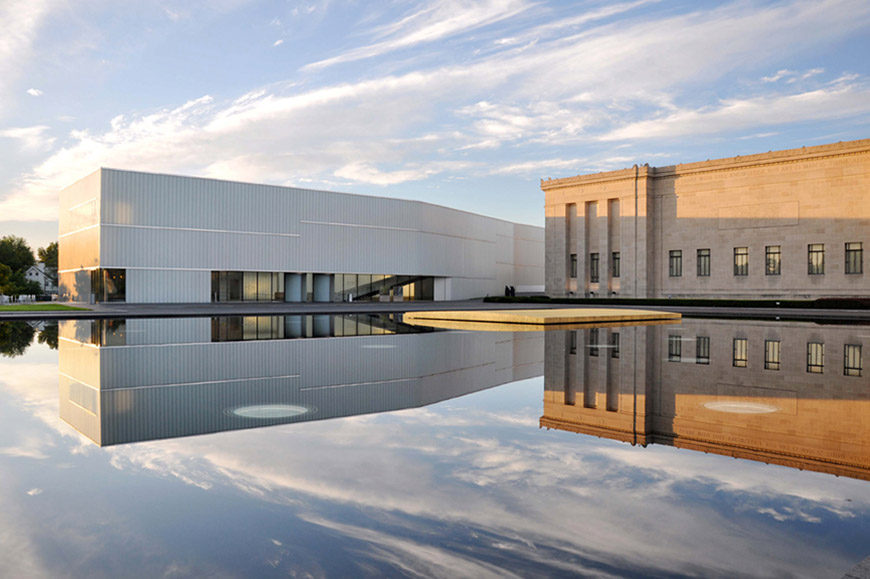
The Nelson-Atkins Museum of Art is a museum of fine and applied arts in Kansas Urban center, Missouri. Established in 1933 and renowned for its collections of European, American and Asian art, the museum was expanded in 2007 with the iconic Bloch Building, designed by Steven Holl. Architects.
History
The museum originates from two separate grants, one by publisher William Rockhill Nelson (1841-1915) and another by school teacher and heiress Mary McAfee Atkins (1836-1911), both aimed to establish a new museum of art in Kansas City.
Instead of creating ii split institutions, the trustees decided to join forces and found a single major museum, initially named The William Rockhill Nelson Gallery of Art and the Mary Atkins Museum of Fine Arts.
The museum'due south imposing neoclassical-mode building, designed by Wight & Wight Architects, opened to the public on December 1, 1933.
Like many other American museums founded in the same period, the Nelson-Atkins is an encyclopedic fine art museum whose collections spans over 4000 years, from ancient to contemporary art. Furthermore, the museum's collections encompass diverse geographical areas – Far and Near East, Africa, Europe, and the Americas – and fine art fields – including painting, sculpture, photography, archaeology, architecture, design, and decorative arts.
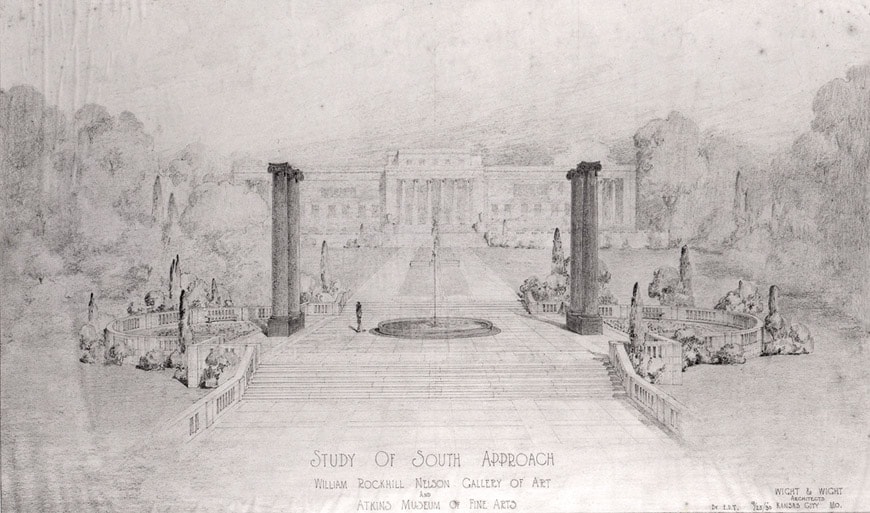
Wight & Wight Architects, report for the southern facade and the mural pattern of the "William Rockhill Nelson Gallery of Fine art and the Mary Atkins Museum of Fine Arts" edifice, September 1930; image courtesy of The Nelson-Atkins Museum of Fine art
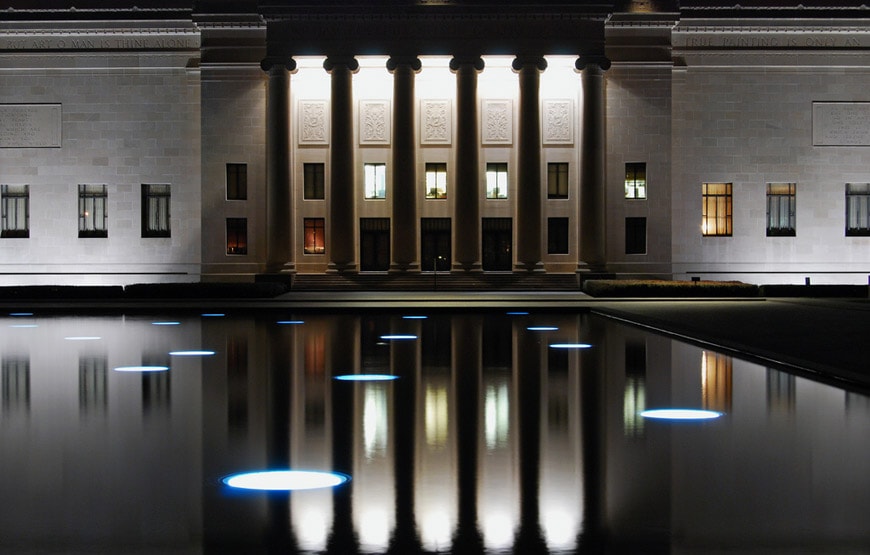
North facade of the historical edifice of the Nelson-Atkins Museum, designed past Wight & Wight Architects in the early '30s; photo: Jeff Fudge
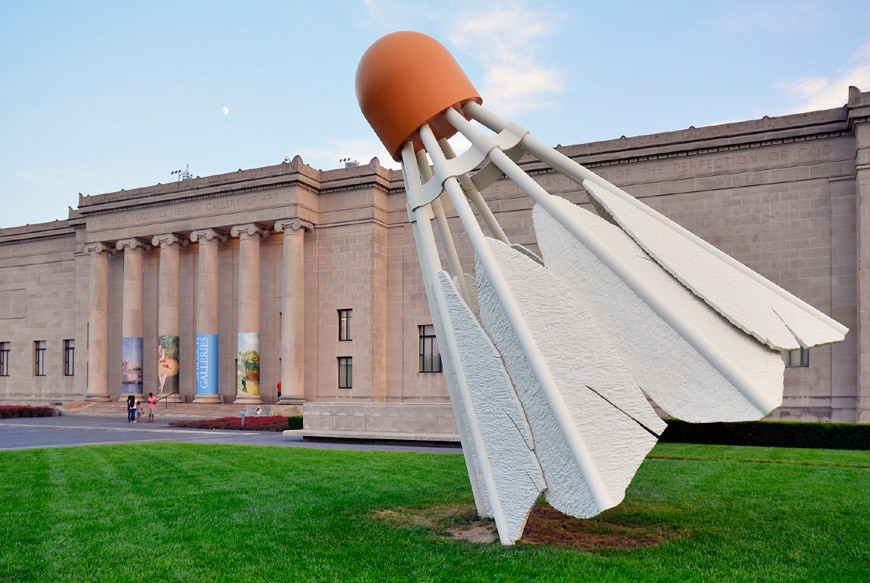
The historical building with the sculpture "Shuttlecocks" by Claes Oldenburg & Coosje van Bruggen; photo: jpellgen
Steven Holl's expansion
In 2007, a 165,000-square-pes (15,330-square-meter) addition to the Nelson-Atkins museum, called Bloch Building, was completed after a pattern by acclaimed American architect Steven Holl.
Rather than designing a single, large expansion, Holl conceived v interconnected buildings, clad in translucent drinking glass, creating a 850-foot-long sequence of boxes whose overall contour follows that of the terrain they sit onto; a sinuous path, which borders the museum'southward sculpture park on its eastern edge, connects one building to the next.
Holl called such boxes lenses because the convex shape of their glass-clad southern facades was conceived to reflect and focus sunlight on the northern facade of the nearest box, thus maximizing and somewhat "amplifying" natural lighting in the exhibition galleries.
The first box contains the museum's lobby, a library, and a bookshop, and gives access to both the celebrated building and the new fly.
On v levels, the other iv pavilions accommodate the museum's galleries defended to modern and contemporary art, photography and African art, and special exhibitions. Furthermore, a small sculpture court with works by Isamu Noguchi is located between the two southern boxes.
Holl too designed a new entry plaza which features a square water mirror – which reflects the old building'southward northern and the new expansion's western facades – every bit well a monumental sculpture from the series Shuttlecocks by Claes Oldenburg & Coosje van Bruggen (iii others are installed in the museum's park) which has go a sort of unofficial symbol of the Nelson-Atkins.
Some other work, the sculpture One Sun / 34 Moons commissioned past the museum to American creative person Walter De Maria, stands in the middle of the reflecting puddle. An surreptitious motorcar park is located merely beneath the entrance plaza.
Holl's building features various sustainable edifice techniques, such as green covering, double glass skin ventilated facades, rainwater collecting, and recycling systems, and an adaptable mean solar day-lighting system equipped with computer-controlled sunscreens.
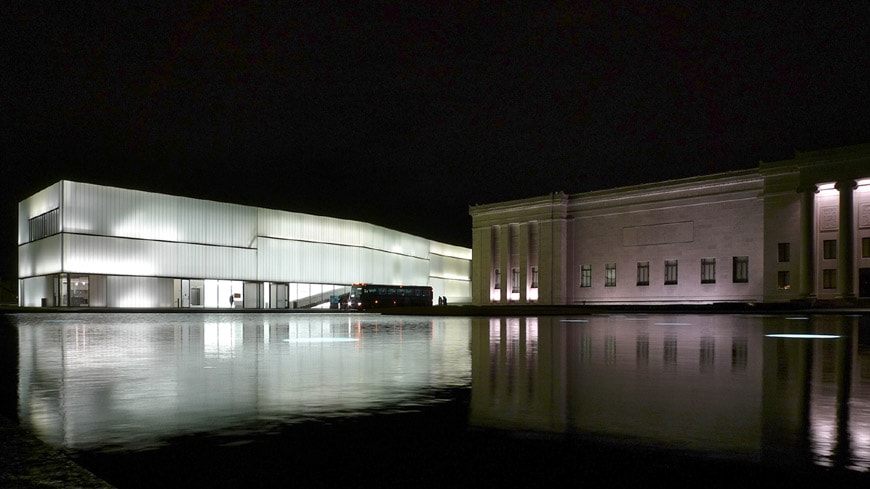
The historical building (correct) and the entrance pavilion of the Steven Holl expansion (left); photograph: FHKE
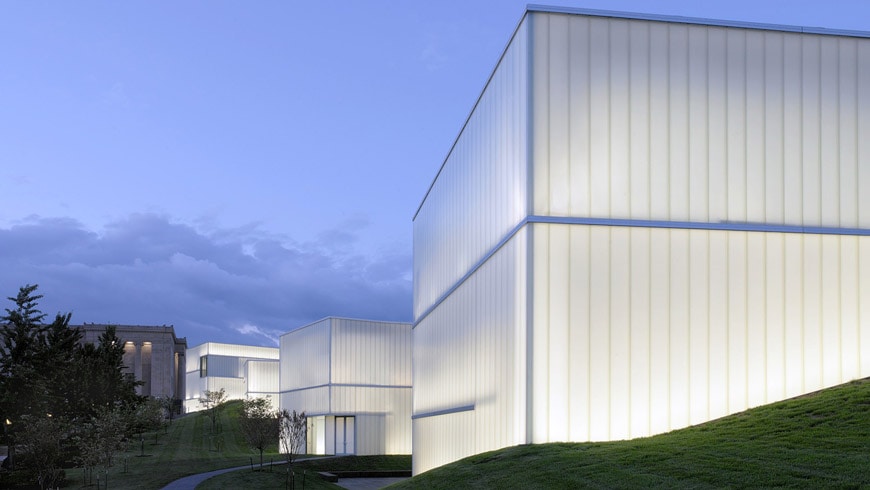
The Bloch Edifice extension, view from the south; photo © Andy Ryan courtesy of Steven Holl Architects
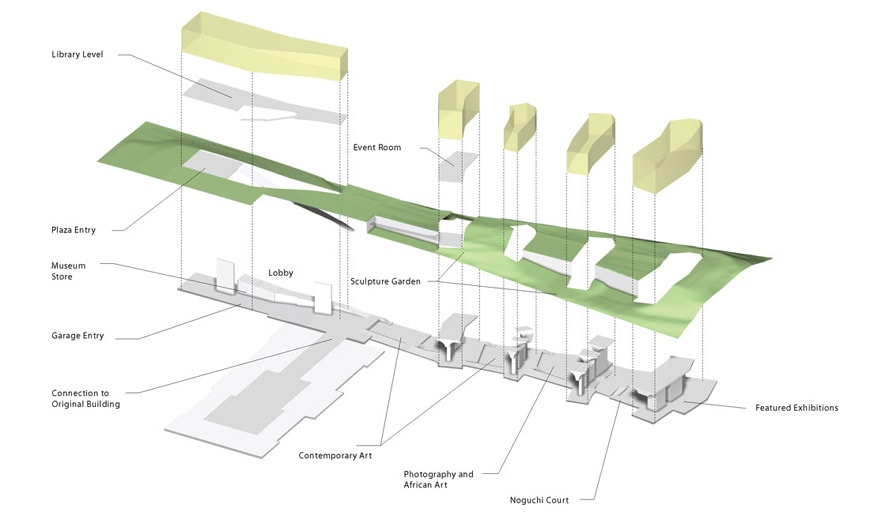
Functional diagram of the Bloch Building expansion; image: Steven Holl Architects
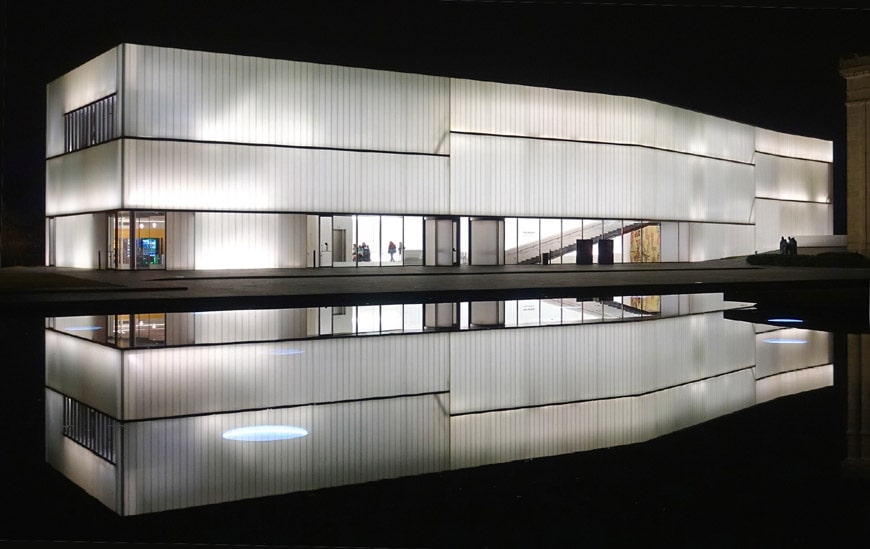
The Bloch Building from north-west. photo: Dean Hochman
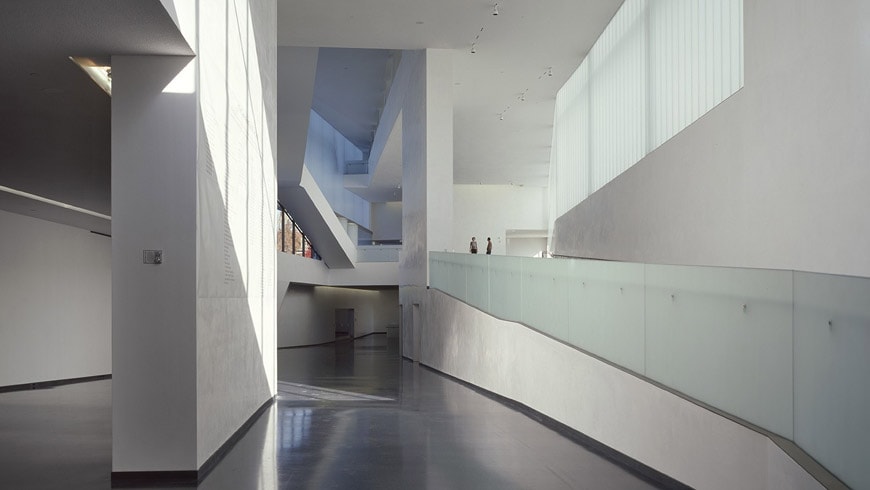
Steven Holl's expansion, interior view; photograph © Roland Halbe
Collections and permanent exhibition
As mentioned, the collection of the Nelson-Atkins Museum of Art is quite various and covers different historical periods, geographical areas, and art techniques.
Overall, the 35,000-slice drove of the museum is divided into thirteen thematic sections, dedicated to the fine art of Africa, America, Indian America, China, Europe, Japan, and S and Southeast Asia; to Modern, and Contemporary art; to Architecture, blueprint and decorative arts; to Photography; and to Aboriginal Fine art – with artifacts from Aboriginal Egypt, Greece, Italian republic, North Africa, and the Most East.
The thirteenth department is the 22-acre Donald J. Hall sculpture park in which works past contemporary artists such every bit Henry Moore, Mark Di Suvero, Alexander Calder, and Tony Cragg, amongst others.
Pieces in the Nelson-Atkins Museum'south painting collection includes masterpieces by El Greco, Rembrandt van Rijn, Bronzino, Caravaggio, Claude Monet, Edgard Degas, Thomas Cole, John Singer Sargent, Marcel Duchamp, Juan Gris, Wassily Kandinsky, Jackson Pollock, Georgia O'Keeffe, Willem de Kooning, Andy Warhol, and Robert Rauschenberg.
The sculpture collection comprises works dating from artifact to the present, from remarkable aboriginal-Egyptian pieces to modern and contemporary works by artists such as Constantin Brancusi, Alberto Giacometti, Isamu Noguchi, Donald Judd, and Anish Kapoor.
Objects in the design and decorative art collection include American and European furniture, pottery, arms and armor, drinking glass objects and silvers dating from the Centre Ages to the 21st century.
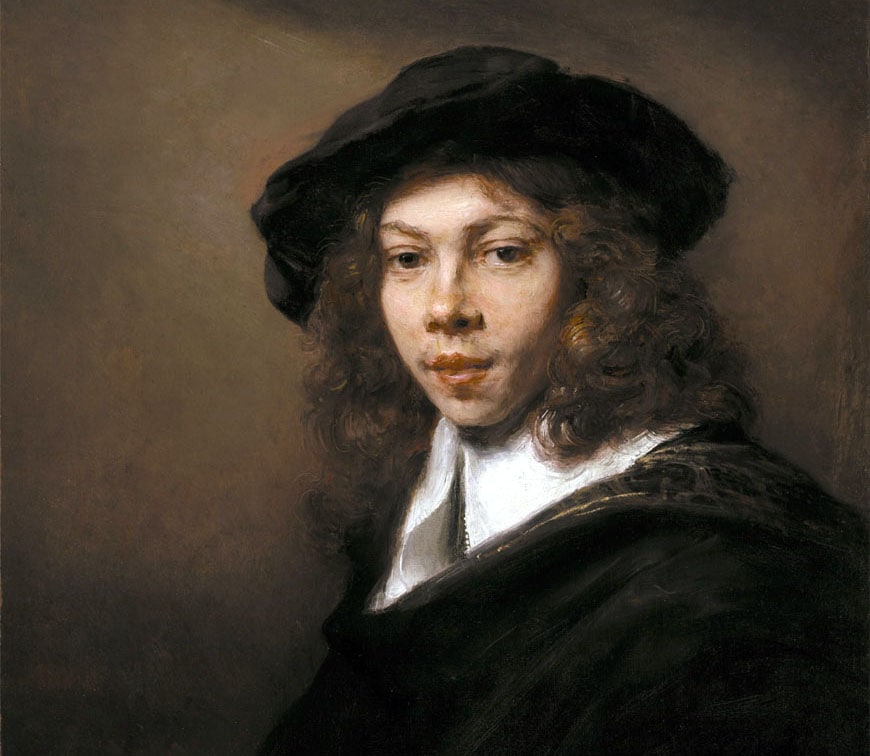
Rembrandt van Rijn, Swain in a Black Beret, 1666, oil on sheet, photo courtesy of the Nelson-Atkins Museum of Art
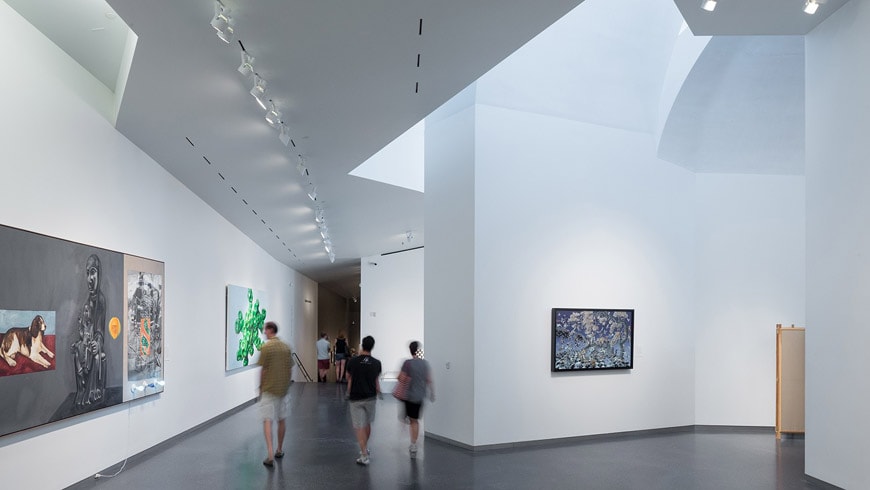
A view of a modern and contemporary fine art gallery in the Bloch Building; photo © Iwan Baan
Activities and services
The program of the Nelson-Atkins Museum of Art comprises special exhibitions, learning classes, art workshops, picture screenings, alive performances and concerts, and family unit events.
The museum's edifice, fully attainable to physically-impaired people except for the sculpture garden and the Rozzelle Court restaurant, includes a 500-seat cinema-auditorium, a learning center, an fine art reference library, a buffet-restaurant, and a shop.
Paradigm Gallery
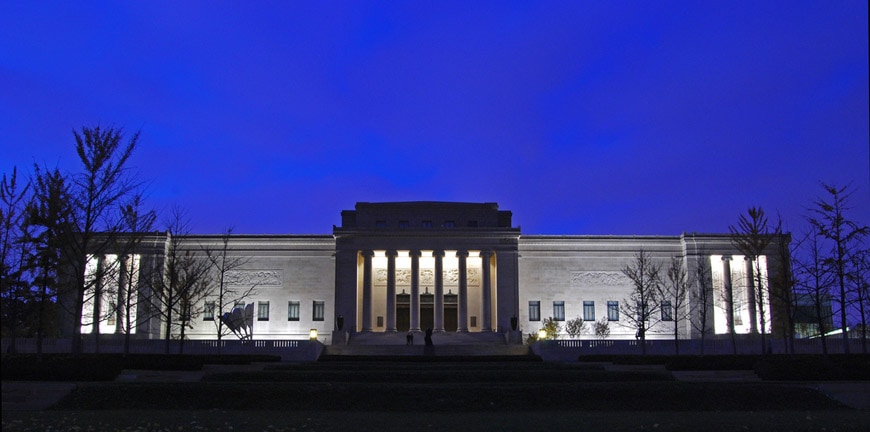
The historical building at night, photo: Jeff Fudge
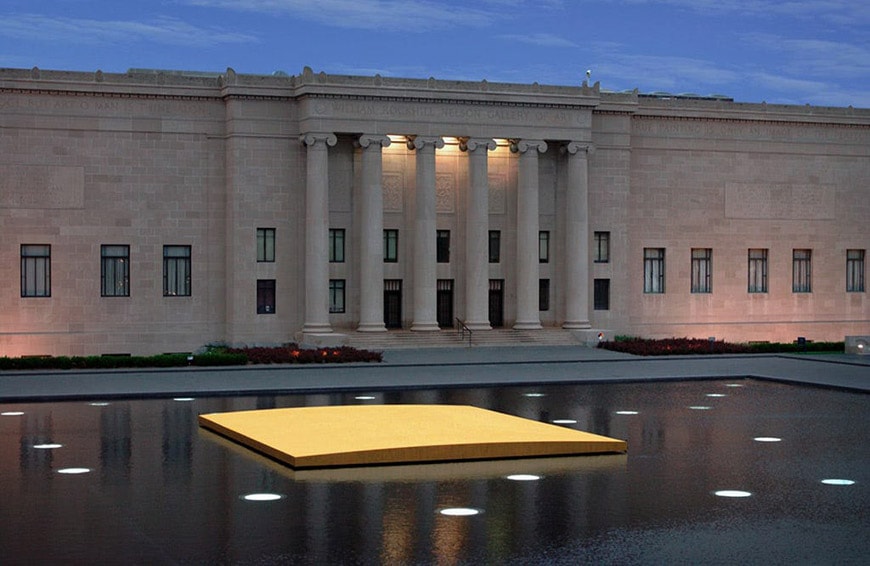
The h2o mirror in the entrance plaza with the work "I Sun / 34 Moons" by Walter De Maria; photo courtesy of The Nelson-Atkins Museum of Art
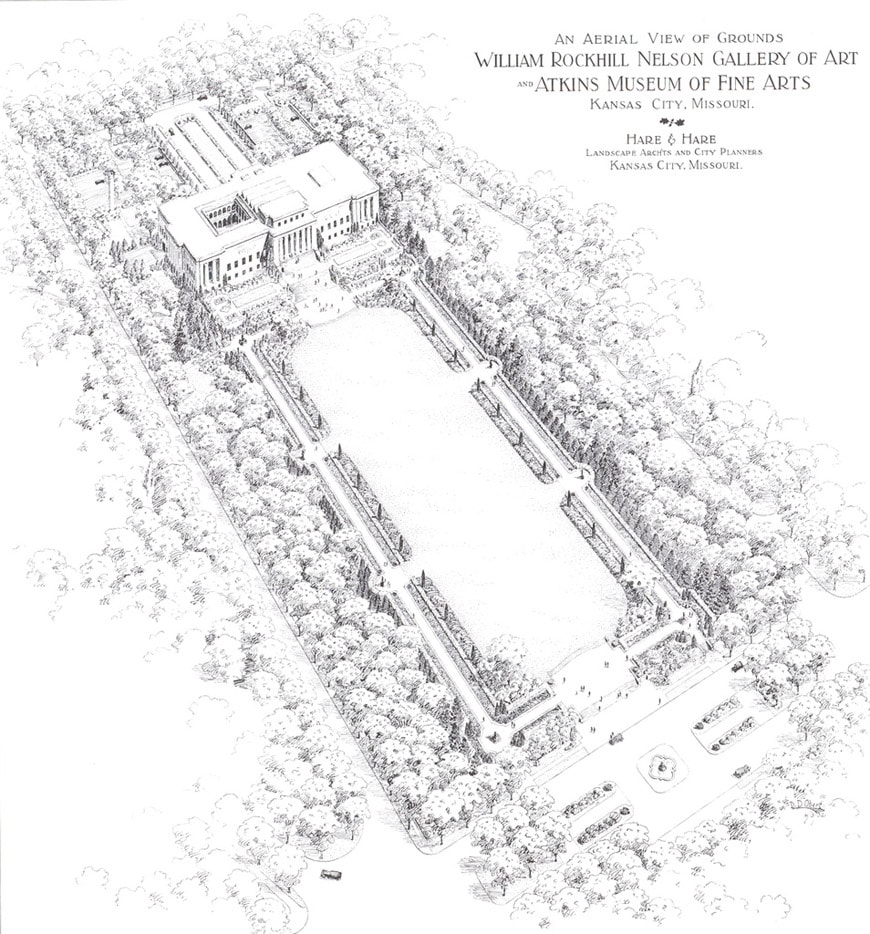
A bird's eye view of the museum'due south historic building and park, drawing past Hare & Hare landscape architects, ca. 1930; image courtesy of The Nelson-Atkins Museum of Fine art
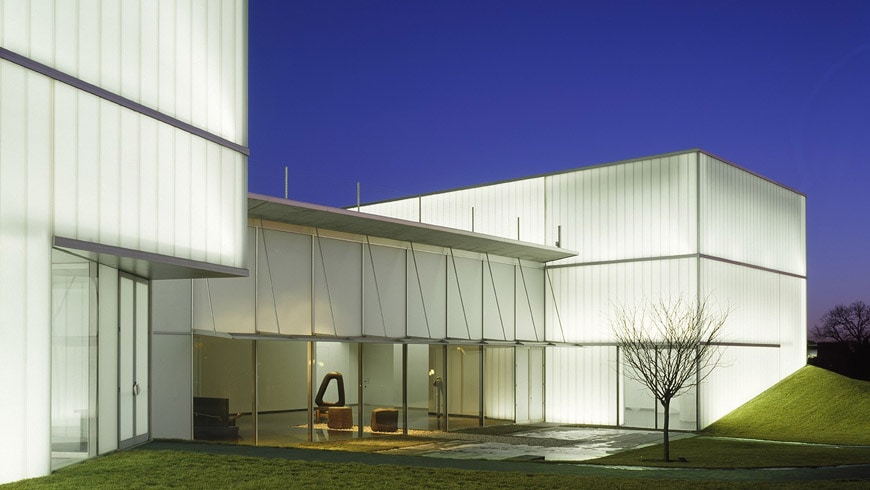
Special exhibition pavilion and the Isamu Noguchi Courtroom; photo © Roland Halbe, courtesy of Steven Holl Architects

Steven Holl, preliminary sketch of the 2007 expansion, prototype courtesy of the Nelson-Atkins Museum of Fine art
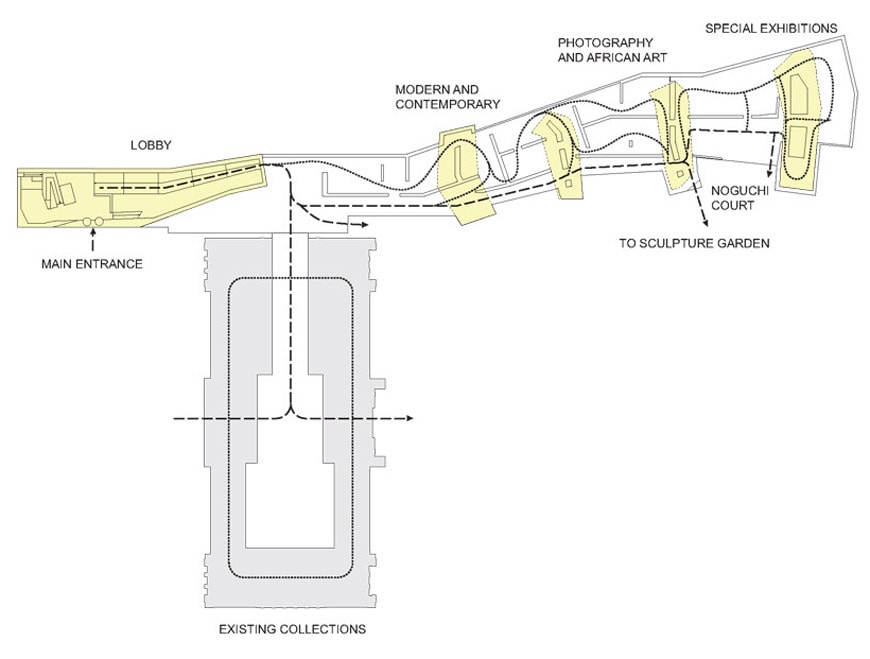
Gallery level circulation diagram; image: Steven Holl Architects
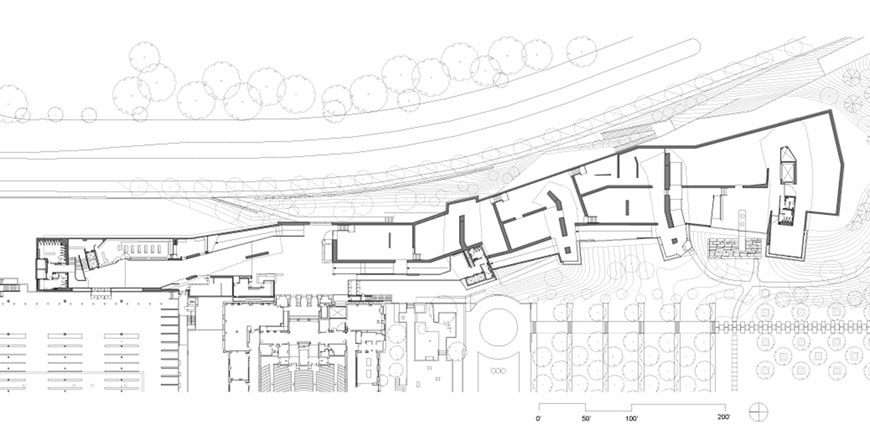
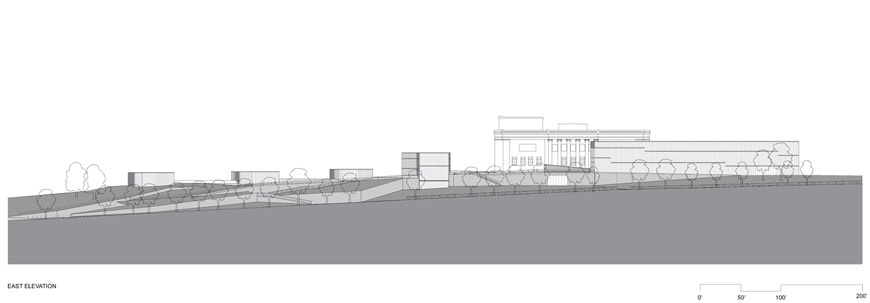
Extension of the Nelson_Atkins Museum of Fine art, ground floor plan, and e elevation; images courtesy of Steven Holl Architects

Aeriform view of the museum's architectural complex; photo courtesy of Emporia Land University
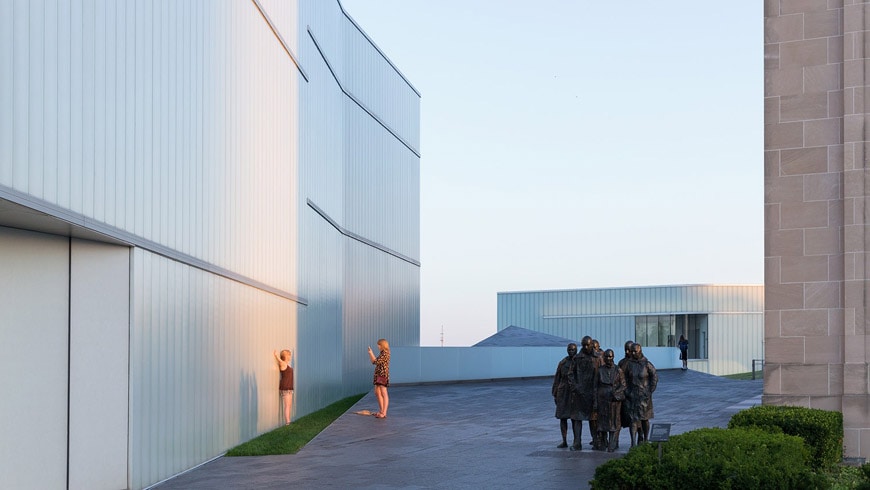
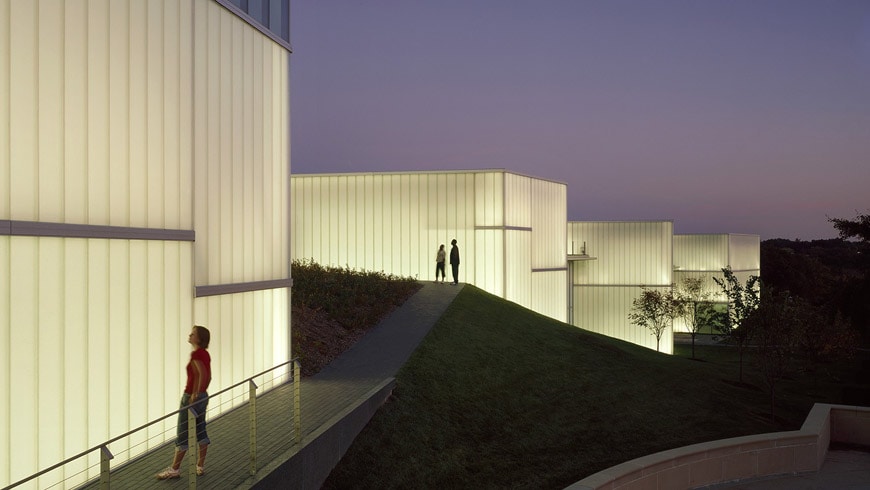
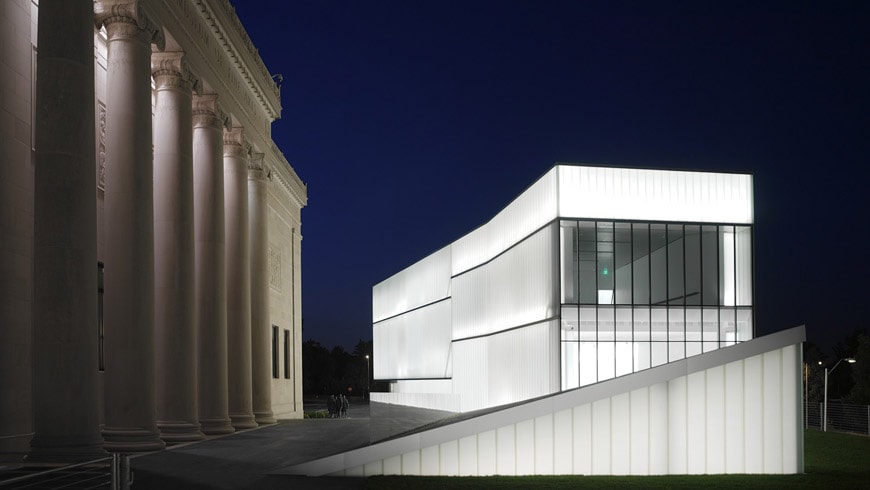
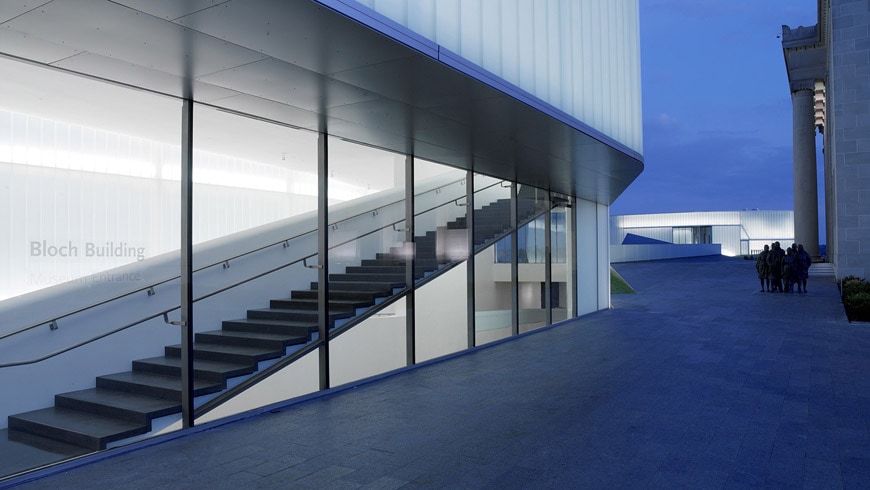
Exterior views of the Bloch Building extension; photos © Roland Halbe, courtesy of Steven Holl Architects

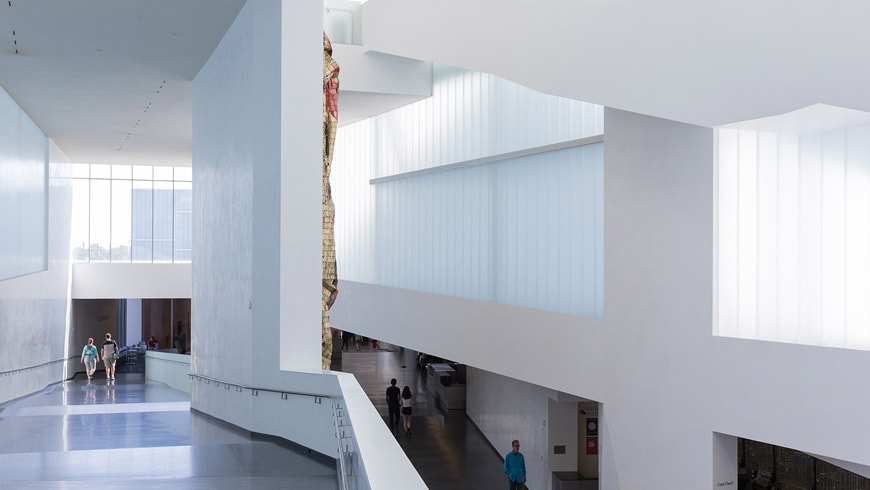
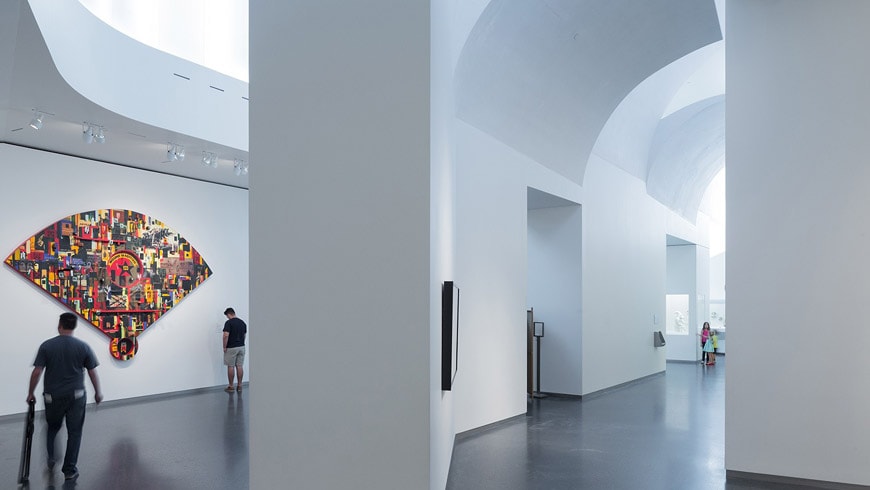
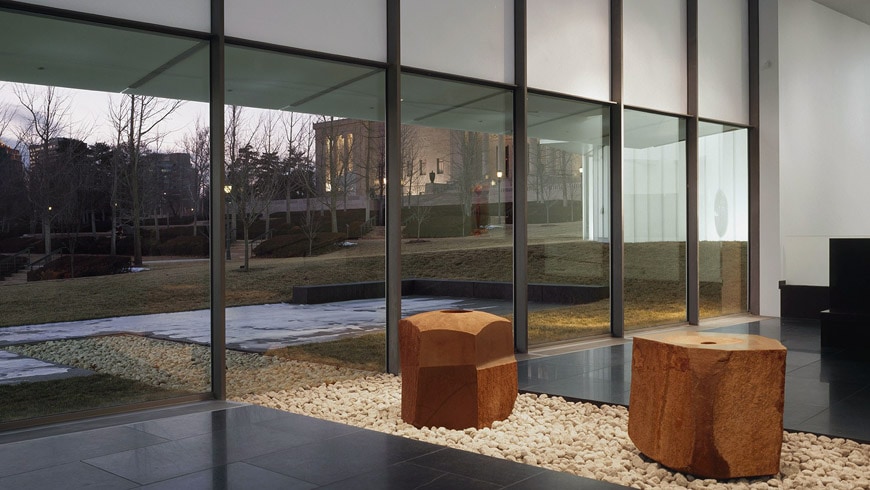
Interior view of (superlative to bottom) the museum'due south lobby, of the "meandering path", 1 of the contemporary fine art exhibition rooms, and the special exhibition gallery with the Isamu Noguchi Courtroom; photos © Roland Halbe, courtesy of Steven Holl Architects

Roman sarcophagus, 240-260 A.D., photograph: David Reber
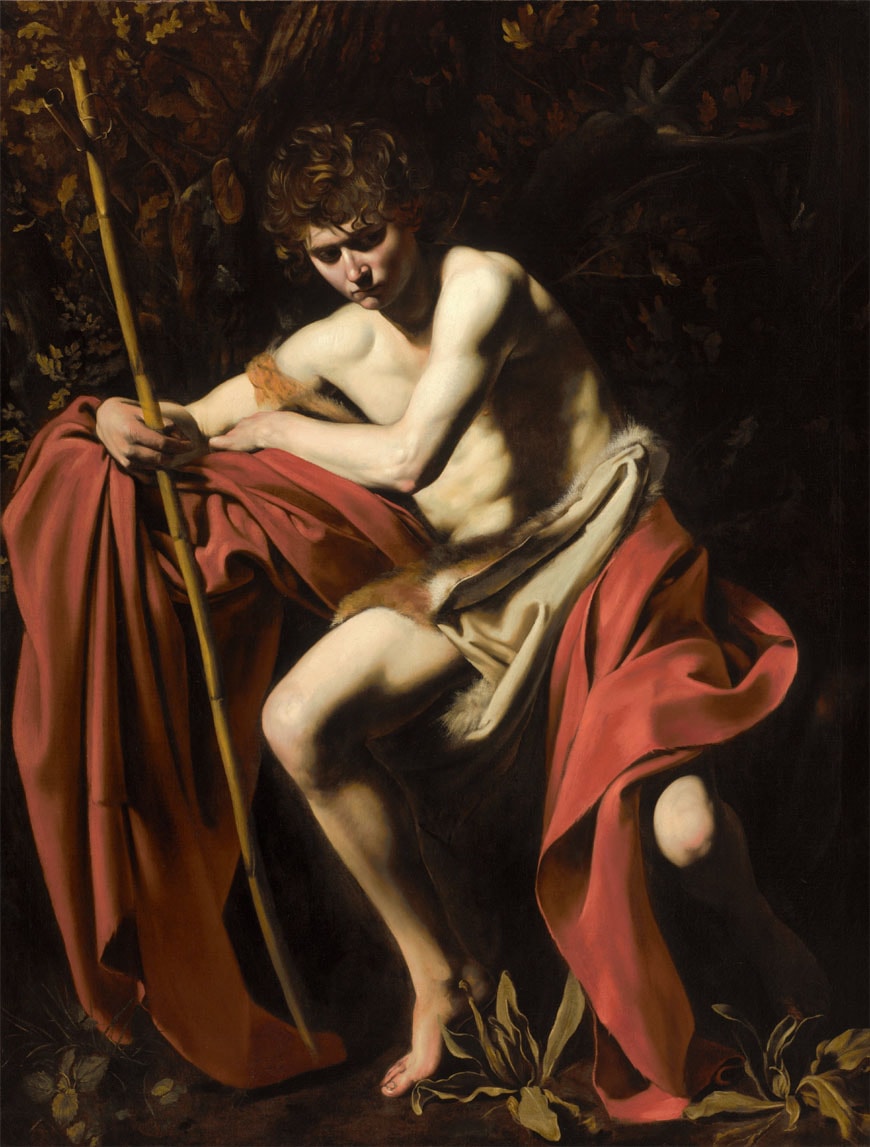
Caravaggio (Michelangelo Merisi), St. John the Baptist in the wilderness, c. 1604, oil on canvas; photograph: Jamison Miller, © The Nelson-Atkins Museum of Art
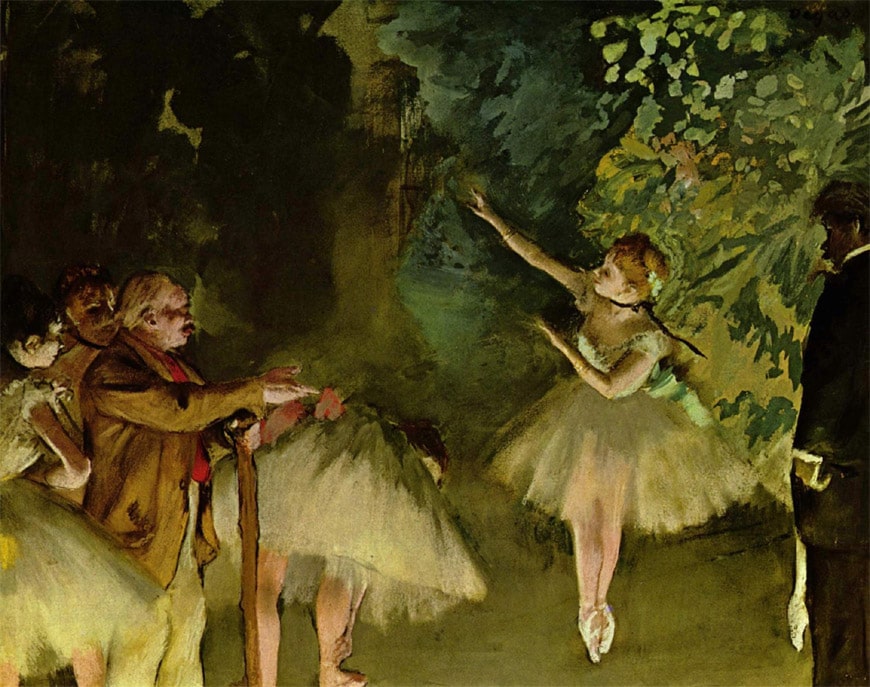
Edgar Degas, Rehearsal of the Ballet, ca.1876. Gouache and pastel over monotype on paper; photo courtesy of The Nelson-Atkins Museum of Art
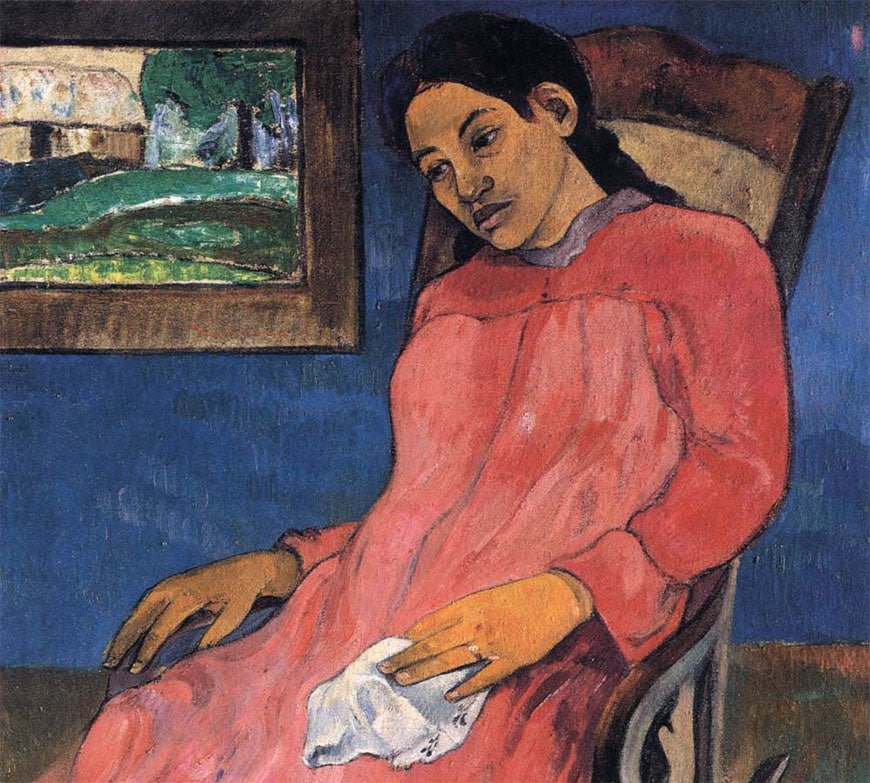
Paul Gauguin, Faaturuma (Melancholic), particular, 1891, oil on canvas; photo courtesy of The Nelson-Atkins Museum of Art
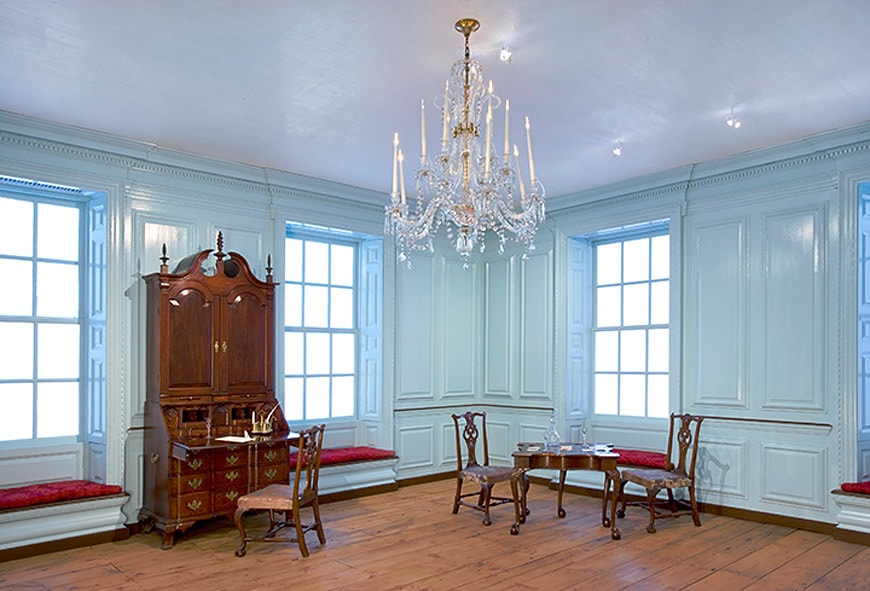
Hall from the Robert Hooper House (Danvers, Massachusetts), ca. 1754; photograph courtesy of The Nelson-Atkins Museum of Fine art
Cover image: The Nelson-Atkins Museum, Kansas Metropolis, Minnesota; the old building (right) and Steven Holl's expansion (left); photo © Andy Ryan
Source: https://www.inexhibit.com/mymuseum/nelson-atkins-museum-art-kansas-city-steven-holl-architects/
0 Response to "Nelson Atkins Museum of Art Kansas City Steven Holl"
Enregistrer un commentaire